One of the most common questions regular beer drinkers ask is, “Does beer have sugar?”. It’s something that worries regular drinkers daily. In this article, we will be able to tell you everything you need to know about beer and sugar content. Start by reading the next section below.
Sugar in Beer
To start our learning process, it’s safe to say that beer does have sugar but not in that sense. As we all know, sugar is the simplest form of carbohydrate and is made up of different types. Beer has two different types of sugar, which are disaccharides and oligosaccharides.
The disaccharides in beer, also known as maltose, are the fermentable sugar that is converted into alcohol during brewing. It takes up to 80% of the beer, while the other 20% is the oligosaccharides.
The latter is a type of sugar that the body cannot digest, so it doesn’t hold as much weight as other types of sugar. However, it contains many prebiotic fibers, which are suitable for our gut.
If you’re checking through the list of ingredients, you may see no sugar there. This might confuse you, but know that the sugar in beer is produced by the barley malt ferment or beer gravity.
Brewing Process
One way to help you understand how much sugar is in beer is to know how the brewing process works. To make things easier for you, we have listed down the steps in the brewing process and how it is done. Read the details of each step in the procedure below.
- Malting: The first step in the beer brewing process is malting. It’s the process where barley turns into malt, which involves aerating and steeping. To describe it more deeply, enzymes turn barley’s food reserves into simple sugars. These simple sugars will then be fermented by the yeast in the latter part of the brewing process.
- Steeping: The steeping part of Malting will begin once the barley is submerged in water with a temperature of 12 to 15 °C for a minimum of 40 hours and a maximum of 50 hours. During the process, the barley will continue to absorb water and increase its volume by 25 %. You can give the grains some air rest by draining and aerating them during the steeping period.
- Germination: With H2O-activated barley, the next step is to let it germinate. To kick start the process, barley is placed in multiple couches where it is left to grow for 24 hours.
- Kilning: Kilning is done to get rid of excess moisture from the barley. This process is done twice to ensure no extra water is left in the brew.
- Mashing: The dried barley is mixed with 62 to 72 °C water to create a mash. This process is where the wort and residual grain are separated before boiling.
- Boiling: Boiling is one of the most critical parts of this process. It usually lasts 60 to 90 minutes to bring out the bitterness of hops and the enzymes in the barley. After boiling, the wort is cooled down before adding yeast.
- Fermentation: The last step in the brewing process is fermentation before the beer is bottled. In this part, yeast is added to the cooled wort to convert simple sugars into alcohol with a ratio of 0.4 oz per gallon.
Nutritional Facts about Beer
Before diving deeper into beer and sugar, we must first find the nutritional facts about beer. Most of the time, these are available in the can’s label with a table showing all the contents of the beer you’re drinking. Suppose you are curious about what’s in your beer. In that case, you may check the table below for the average nutritional content of a single can of beer.
| Calories | 102.7 |
| Carbohydrates | 5.8 grams |
| Sugar | 0.3 grams |
| Sodium | 14.2 milligrams |
| Protein | 0.8 grams |
| Potassium | 74.3 milligrams |
| Water | 335.9 grams |
| Calcium | 14.2 milligrams |
| Phosphorous | 42.5 milligrams |
| Folate | 21.2 milligrams |
| Iron | 0.1 milligram |
| Magnesium | 17.7 milligrams |
| Selenium | 1.4 milligrams |
| Choline | 31.2 milligrams |
| Fluoride | 160.4 milligrams |
| Vitamin B2 | 0.1 milligram |
| Vitamin B3 | 1.4 milligrams |
| Vitamin B6 | 0.1 milligram |
| Vitamin B12 | 0.1 milligram |
Beer Types and Sugar Content
Now that we know how much nutritional content a can of beer has, let’s continue learning exactly how much sugar content the different types of beer would have.
This information may be new to some people since they may think that most beer types have the same sugar content. Here, we will show you in a tabular form how much carbohydrates and sugar content a specific beer type has.
| Beer Type | Total Amount Of Carbs | Total Amount Of Sugar |
| Regular Beer | 12.8 grams | None |
| Non-alcoholic beer | 28.5 grams | 28.5 grams |
| Light beer | 5.9 grams | 0.3 grams |
| Low carb beer | 2.6 grams | None |
In the table above, you can see that regular and low-carb beer does not have any sugar, while non-alcoholic beer has the most sugar. This information should help you decide which beer to drink at certain times.
Below, you’ll see another table showing the total amount of carbohydrates and sugar content a specific beer brand has.
| Beer Brand | Total Amount Of Carbs | Total Amount Of Sugar |
| Miller Lite | 3.2 grams | None |
| Miller High Life | 12.2 grams | None |
| Coors Light | 5 grams | 1 gram |
| Coors Non-alcoholic | 12.2 grams | 8 grams |
| Coors Banquet | 11.7 grams | None |
| Bud Light | 4.6 grams | None |
| Budweiser | 10.6 grams | None |
| Busch Light | 3.2 grams | None |
| Busch | 6.9 grams | None |
| Heineken | 11.4 grams | None |
Effects to Our Health
After learning about beer’s sugar and nutritional content, it’s also a good thing to discuss the possible effects it can bring on our health. We listed below the health conditions that can be affected when we drink beer without minding how they can affect our health. Take a look at each one of them below.
Diabetes
If you have diabetes, it is important to practice moderation when drinking beer. While it is said that one to two cans of beer can be beneficial for diabetic people, you still need to be wary of it because it can have certain risks, too, if consumed in large batches.
High or Low Blood Sugar
As we mentioned before, beer doesn’t contain much sugar, but it can still significantly affect your blood sugar. Like every other alcoholic drink, beer will cause a sudden drop in your blood sugar until the next 24 hours after consuming it.
Since it competes with the liver for glucose production, you will have low blood sugar the next day. That, paired with cloudy judgment, can cause people to have issues with blood sugar. It can be intensified if you take anti-hyperglycemic medicines such as insulin and metformin.
Drinking beer can cause impairment in sugar metabolism and kick-start a process called glycogenolysis. When you drink too much beer, it can cause hypoglycemia. The best way to prevent beer risks is to have it in moderation.
Frequently Asked Question
Previously, we’ve discussed sugar content, the brewing process, and everything related to sugar in beer. This section will discuss the answers to some of the most frequently asked questions about beer and sugar.
Does wine have more sugar than beer?
If we compare beer’s sugar content with wine, we will see that wine is undoubtedly the one with more sugar. As mentioned above, beer technically doesn’t have sugar in them since they are converted into alcohol. On the other hand, wine is known to have sugar in them.
Various types of wine will also have multiple ranges of sugar content. The sweeter the wine tastes, the more sugar content it has. For example, dessert wines such as sparkling and fortified are known to have more sugar content than regular wines. This is because sugar is added during the fermentation process to purposely make the wine sweeter.
Is it possible to drink beer while on a diet?
Dieting is all about discipline in what you eat and your calorie intake. Yes, you can drink beer while on a diet. However, suppose you are following a strict diet and cutting off calories or carbohydrates. In that case, you should also be wary of liquid calories since they can damage your diet. It’s not a healthy diet if you add a few cans of beer.
Say you only drink a few cans of beer once a week. Even though it isn’t frequent, that’s still a considerable amount of unwanted calories your body will take in, thus destroying your diet.
What is Beer Gravity?
This term refers to wort density which is affected by sugar content in the various stages of the beer-making process. High-gravity wort is known to have a high sugar concentration.
As we’ve learned from the brewing process, fermentation and yeast will turn the sugar in the brew into alcohol, so its sugar content will most likely drop. That is why an initial and final gravity is measured to assess how much sugar was converted into alcohol during fermentation.
Summary
To sum it all up, the sugar content in beer varies depending on which type or brand it is. Most importantly, the sugar content in beer is not that unhealthy. Still, it does have a significant effect on our health. We hope we answered your question, “how much sugar is in beer.”

As a homebrewer, Michael would get frustrated about the lack of brewing information on the internet. After hundreds of gallons of spoilt batches, Micheal had enough. And he founded Unknown Brewing as a resource for homebrewers.

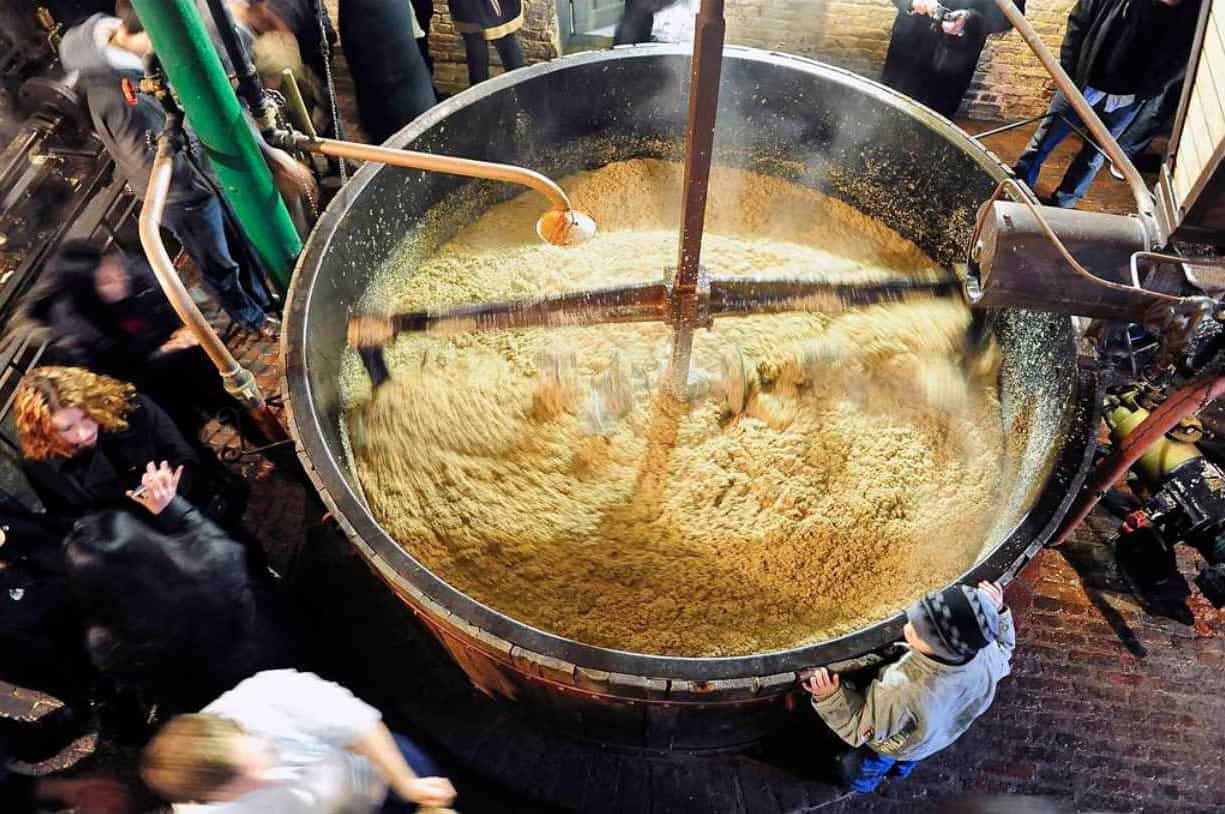
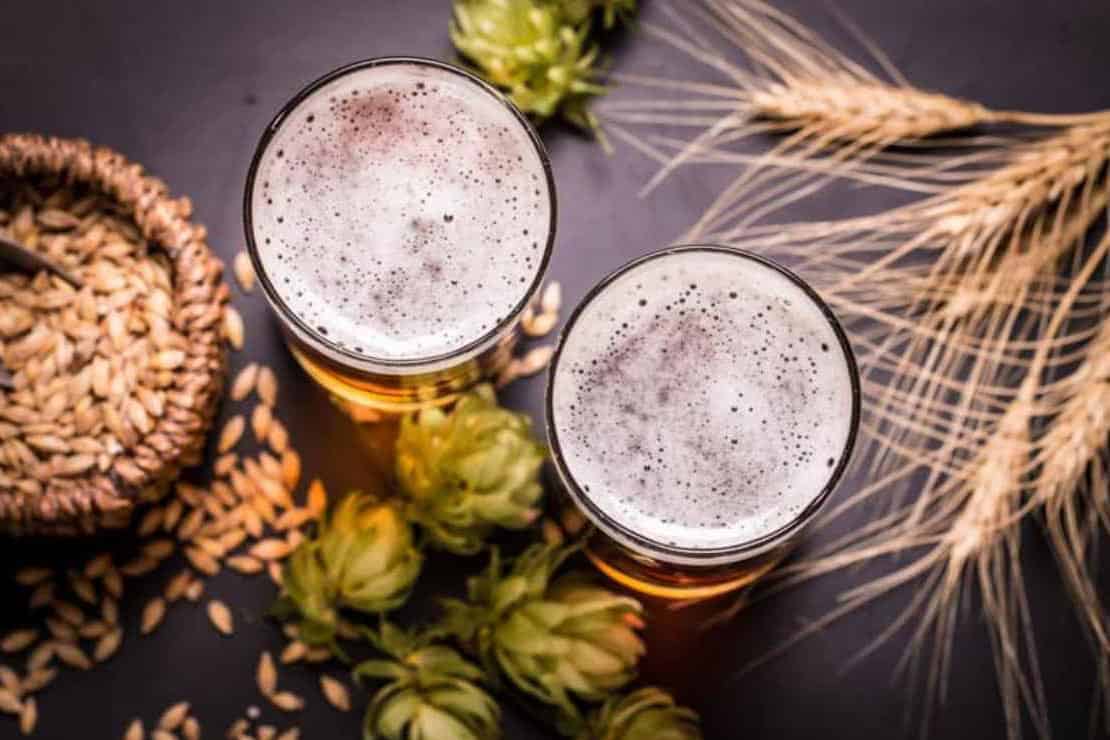
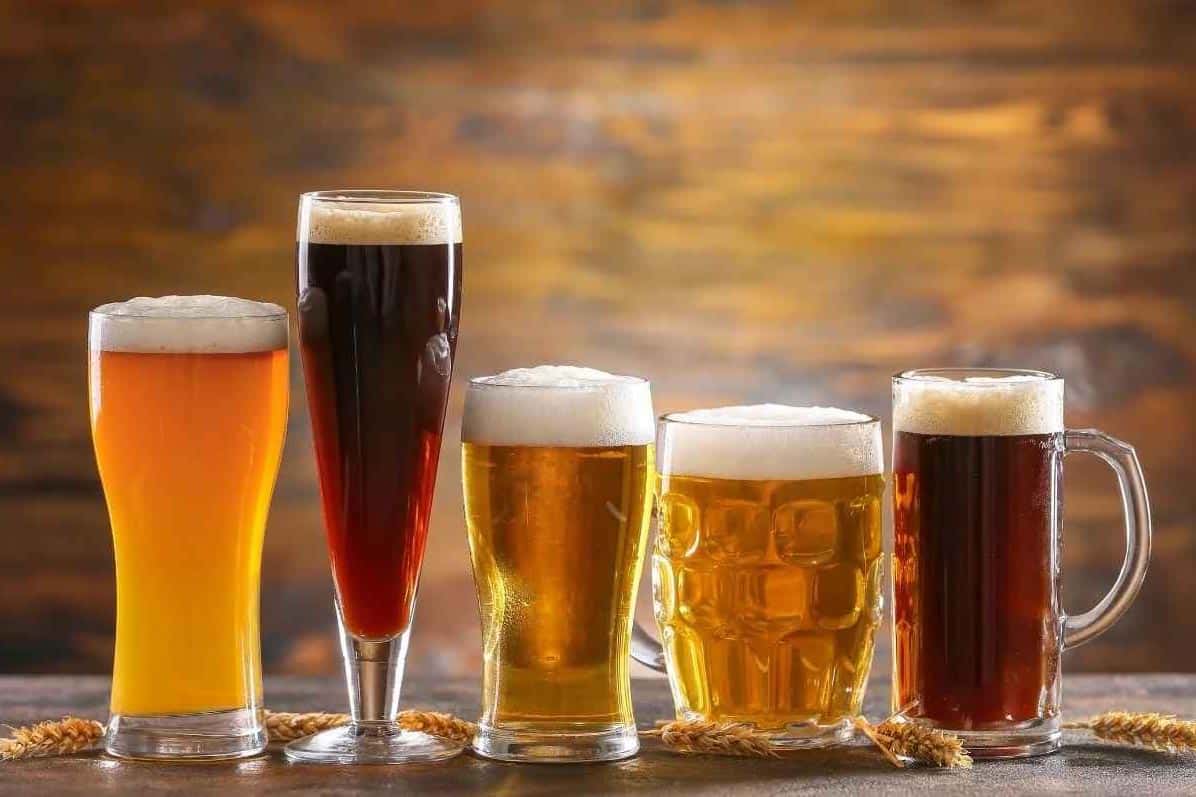
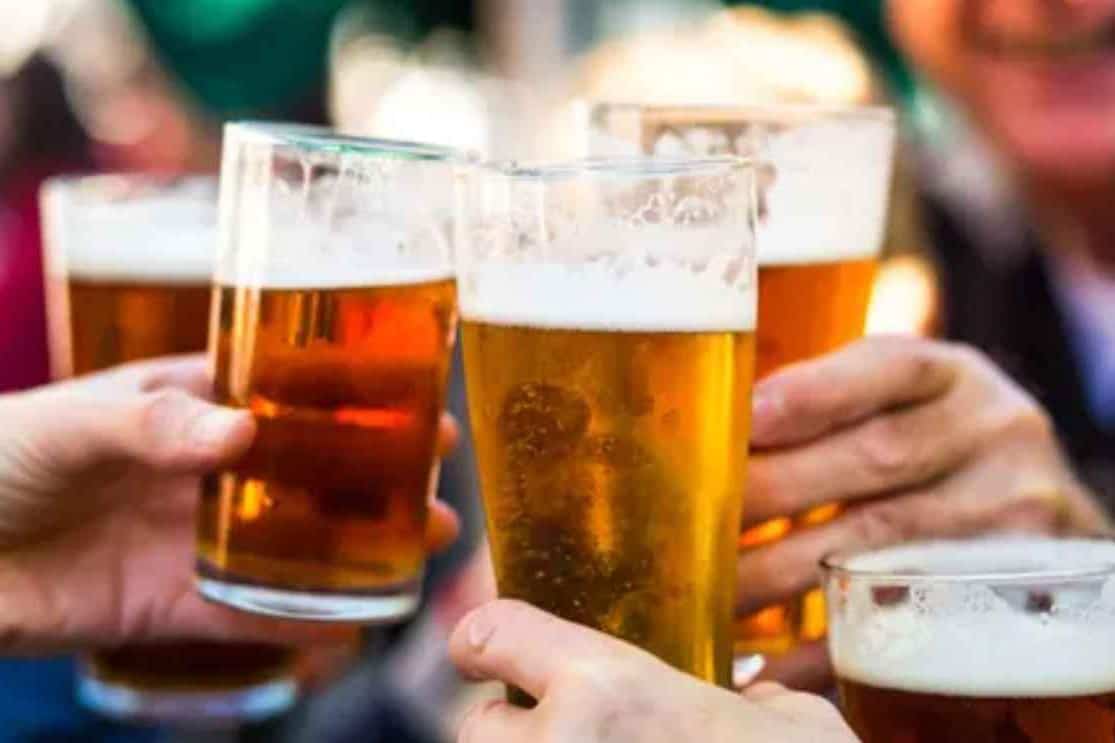
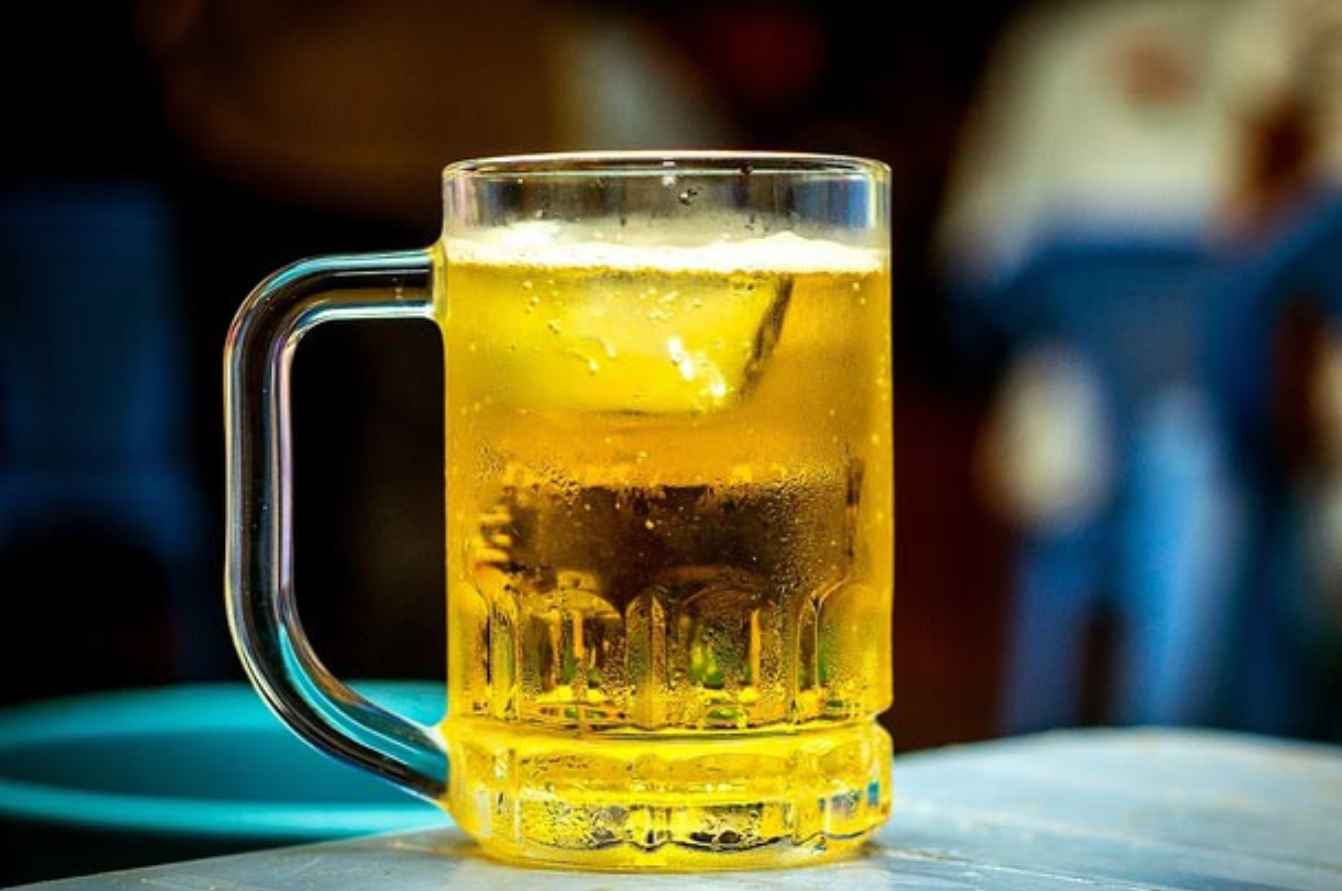
Does Natural Ice have milk sugar ?
I am lactose intolerant
Hi Bruce,
Do not contain milk sugar